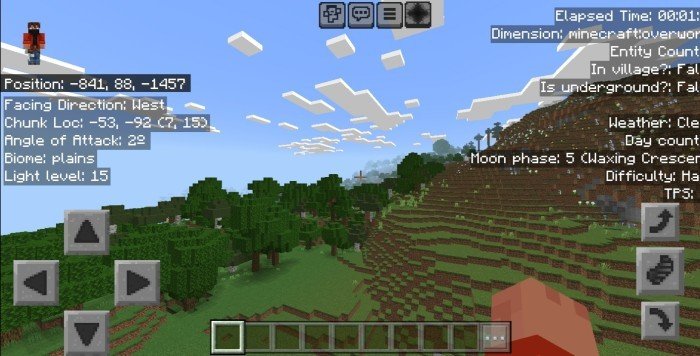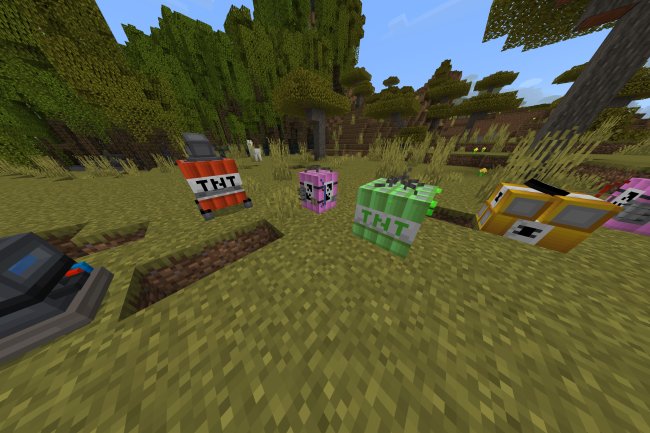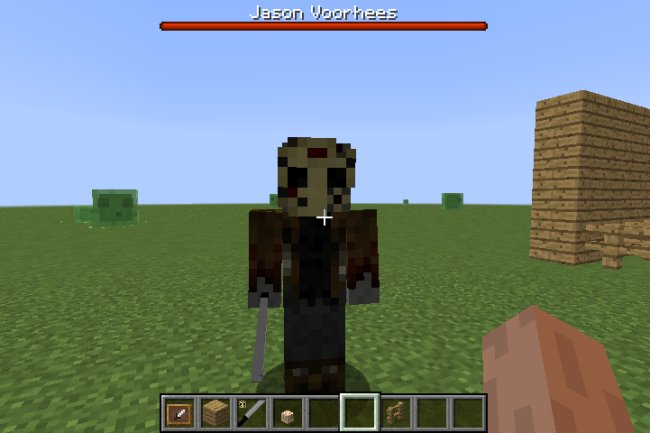Debug Screen

Minecraft Bedrock Edition, which is well-known for its open-world sandbox gameplay, provides players with a wide variety of tools and features that allow them to investigate and comprehend the game's principles. When it comes to these tools, the Debug Screen stands out as a particularly useful resource for players who are interested in gaining a more in-depth comprehension of the inner workings of the game. In this piece, we will dig into the possibilities of the Debug Screen in Minecraft Bedrock Edition. We will investigate its features, uses, and the ways in which it enables players to explore the blocky cosmos with an understanding that is unmatched.
Finding Your Way to the Debug Screen:
It is crucial that we have a solid understanding of how to reach the Debug Screen before we go into the complexities of the screen. When playing Minecraft Bedrock Edition, players have the ability to access the Debug Screen by hitting the F3 key (or the key that corresponds to your platform) while they are within the game. In the process of debugging, improving gameplay, and obtaining a better grasp of the game's mechanics, this activity provides a lot of information that may be of great use.

In terms of navigation and coordinates:
Within the Debug Screen, the display of player coordinates is considered to be one of the most crucial elements. Within the Minecraft universe, the player's location along the X, Y, and Z axes is represented by these three sets of integers. This knowledge is very useful for navigation, particularly when one is engaging in activities such as exploring large landscapes, constructing intricate constructions, or observing certain biomes. Players are able to determine their precise location and plan their actions with pinpoint accuracy when they make use of these coordinates.
Information Regarding Blocks and Entities:
On the Debug Screen, the player is presented with information that is current and accurate about the block and creature that they are now monitoring. Information such as the name of the block, its ID, and its data value are included in this. Entities are exhibited with information such as their ID, location, and kind displayed on the screen. Building contractors, redstone engineers, and gamers who are interested in gaining an understanding of the characteristics of the blocks and creatures they deal with may find this feature to be very helpful.
Metrics Regarding the Frame Rate and Performance:
In order to provide gamers who are worried about the performance of their gaming experience with a variety of data relating to frame rate and resource use, the Debug Screen should be utilized. With the use of this information, performance bottlenecks may be identified, settings can be optimized, and a more frictionless gaming experience can be achieved. Monitoring parameters like as frames per second (FPS), memory utilization, and chunk updates provides players with the ability to fine-tune their settings in order to get the best possible performance.
Light Levels and the Atmosphere:
Additionally, the Debug Screen provides information on the biome that the player is now in as well as the light levels that are present where their presently situated. Those who are searching for certain resources or who are interested in constructing buildings that are in keeping with a particular environmental theme may find biome information to be very helpful. Players are able to better understand the circumstances under which mobs may spawn thanks to light level data, which contributes to a more secure gameplay experience, particularly while exploring during the evening hours.
Debugging and tracking of entities:
Players have the ability to monitor entities in the game environment using the Debug Screen, which provides information about the behavior and movement of these things. This feature is very helpful for redstone engineers and map makers who are responsible for ensuring that the mechanics and contraptions their creations include are operating correctly. Players have the ability to spot problems, fix complicated systems, and improve the overall functioning of their creations by monitoring things in real time.
This is an explanation of the Game Tick:
Additionally, the current tick count of the game is shown in a visible manner on the Debug Screen. The amount of updates that the game has processed is represented by this information, which is essential for comprehending the passage of time in Minecraft. In order to synchronize and improve the performance of their constructions, players who are engaged in time-sensitive tasks such as redstone contraptions, farm designs, or any other activities may employ the tick count.
Identifying and Fixing Redstone-Based Devices:
In particular, Redstone engineers consider the Debug Screen to be a vital tool for the purpose of troubleshooting particularly complicated Redstone devices. Redstone signal strengths, power levels, and block statuses are all things that players may examine in order to find and fix problems that are occurring inside their contraptions. This degree of specificity in information speeds up the process of debugging, which in turn encourages innovation and creativity among members of the Minecraft community.
Making Contributions and Sharing with the Community:
Not only has the Debug Screen evolved into an indispensable tool for individual players, but it has also become an indispensable resource for the Minecraft community as a whole. On the basis of the information obtained from the Debug Screen, enthusiasts and professionals often consult one another in order to exchange ideas, recommendations, and approaches for debugging. An environment that encourages learning and experimenting is fostered via the use of this collaborative technique, which results in an increase in the community's total knowledge base.
Concluding remarks:
Players are provided with essential information that may be used for navigation, troubleshooting, and optimization via the use of the Debug Screen in Minecraft Bedrock Edition. This screen acts as a window into the inner workings of the game. The Debug Screen equips you with the knowledge you need to become an expert in the blocky world, regardless of whether you are a builder who strives for accuracy, a redstone engineer who fine-tunes contraptions, or an explorer who is interested in understanding the game's dynamics. The Debug Screen continues to be a strong ally for players as they continue to explore, develop, and innovate inside Minecraft Bedrock Edition. It is the key to uncovering the secrets of the game and encouraging new heights of creativity within the community.
What's Your Reaction?
















![Patrix Resource Pack For 1.19 [32x→256x]](https://minecraftmodded.com/uploads/images/202210/image_750x415_6343b3ab59eff.jpg)
